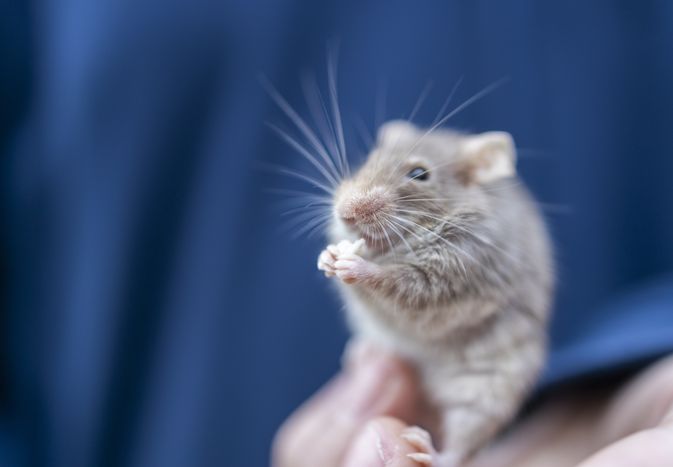The Hidden Language of Pets: Decoding Everyday Behaviors
Pets communicate through actions, not words. Understanding these behaviors strengthens your bond and prevents misunderstandings. Let’s explore the science behind common actions:
1. Territorial Marking (Cats & Dogs)
Why they do it: Urine spraying or scratching releases pheromones from scent glands (located in paws/flanks). A 2023 Journal of Veterinary Behavior study confirms this establishes security signals in their environment.
Professional Insight: “This isn’t spite,” explains Dr. Ellen Fischer, animal behaviorist. “It’s instinctual communication. Neutering/spaying reduces but rarely eliminates it entirely in stressed animals.”
2. Destructive Chewing/Digging
Why they do it:
Puppies: Teething discomfort (3-6 months) and exploration (up to 18 months).
Adults: Boredom (lack of mental stimulation), anxiety (separation distress), or unmet instinctual needs (e.g., high-prey-drive breeds).
Pro Solution: Provide species-specific outlets: Frozen KONG toys for chewers, designated sandboxes for diggers, daily scent games for hounds. Rotate toys weekly to maintain novelty.
3. The “Midnight Zoomies” (FRAPs)
Why they do it: Frenetic Random Activity Periods (FRAPs) release pent-up energy. Common in cats after litter box use (energy surge) or under-exercised dogs. It’s a natural pressure valve, not hyperactivity disorder.
Data Point: University of California research (2024) links regular FRAPs in healthy pets to lower cortisol levels, indicating stress relief.
4. Compulsive Licking
Why they do it: Context is key:
Affectionate licking (hands/face): Releases endorphins; a social bonding relic from puppy/kittenhood.
Excessive self-licking: Often indicates pain (e.g., arthritis), allergies (itchy skin), or anxiety (OCD-like behavior). Consult your vet if persistent.
5. Tail “Language” Misconceptions
Beyond wagging=happy:
Slow-wagging stiff tail (dog): Potential alertness or discomfort.
Thumping tail (cat): Usually signifies irritation, not contentment.
Low tucked tail: Fear or submission in both species.
Key Insight: Always read the entire body (ear position, pupil dilation, posture) with tail signals.
Practical Applications:
For scratching: Place scratch posts next to furniture they target, not across the room. Use synthetic feline pheromone sprays on posts.
For separation anxiety: Practice gradual departures (30sec to 30min) paired with high-value, long-lasting treats only given when alone. Never punish upon return.
For nighttime activity: Provide intense 15-min play sessions with feather wands (cats) or flirt poles (dogs) 1 hour before bedtime to mimic predatory cycles.
Understanding the why transforms frustration into empathy. By responding to their innate needs—not human expectations—we build happier, better-adjusted companions. Always rule out medical causes (e.g., UTIs causing inappropriate elimination) with your veterinarian before attributing behaviors purely to psychology.










Comments on "Understanding Pet Behavior: Why Your Pet Does What It Does" :